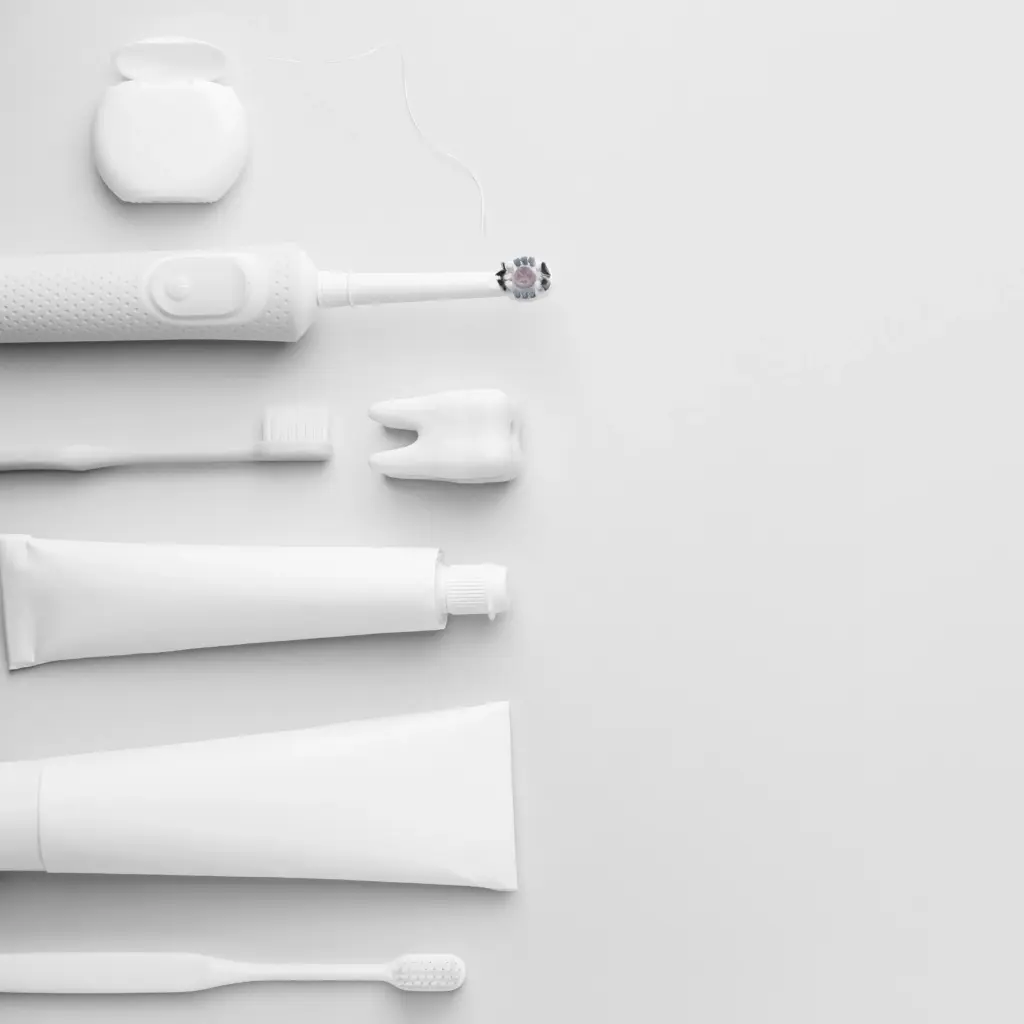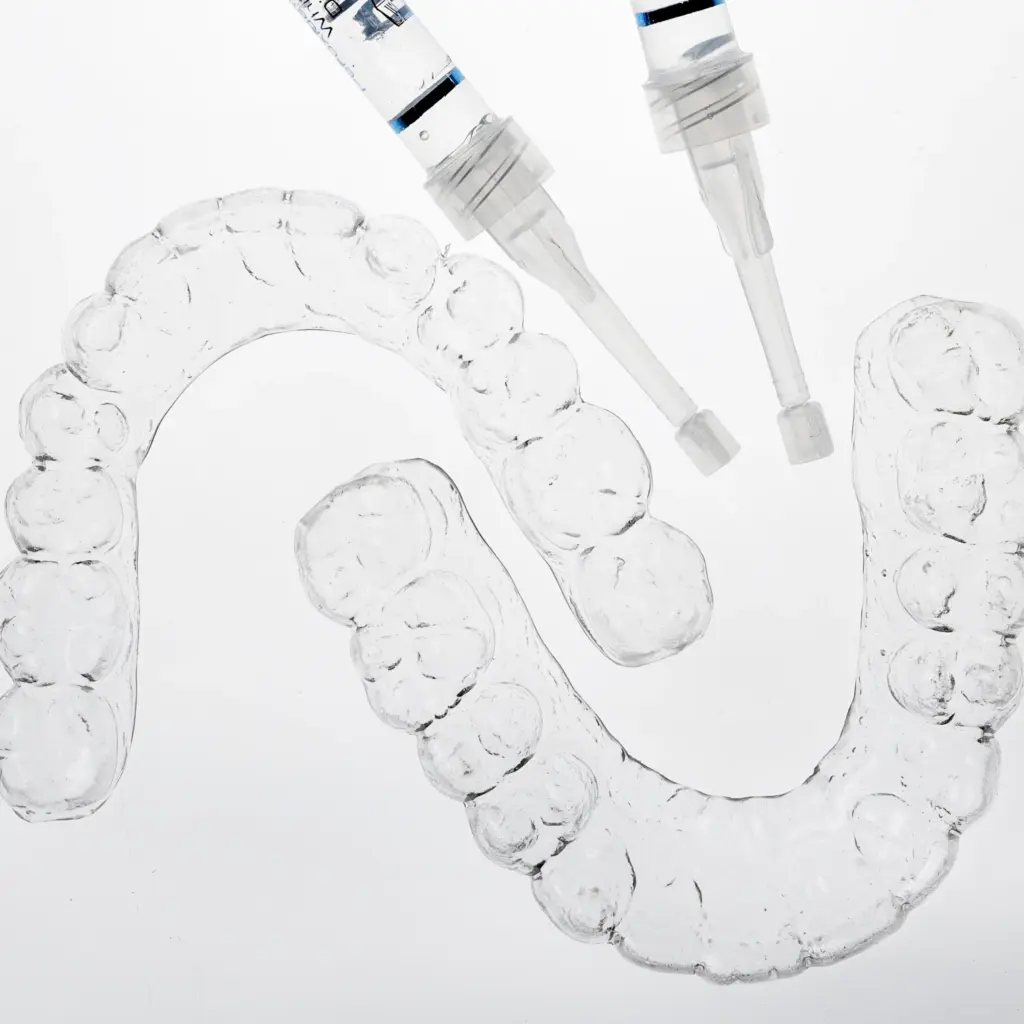Your basket is currently empty!
Tooth Mousse: An In-Depth Look from a Dentist’s Perspective
In modern dentistry, prevention and minimally invasive care are at the forefront of everything we do. One of the most exciting adjunctive tools for protecting and repairing enamel is Tooth Mousse (and its fluoride-containing counterpart, Tooth Mousse Plus). While patients may see this product marketed as a “tooth cream” that strengthens teeth, there’s much more to it than meets the eye.
As a dentist, I’ve seen how incorporating Tooth Mousse into treatment plans can dramatically reduce sensitivity, help arrest early enamel changes, and improve patient outcomes. Let’s explore how it works, who it benefits, and where it fits in the bigger picture of oral health.
The Science Behind Tooth Mousse
The active ingredient in Tooth Mousse is CPP-ACP (Casein Phosphopeptide-Amorphous Calcium Phosphate).
- CPP (Casein Phosphopeptides): Derived from milk casein protein, these peptides stabilise calcium and phosphate ions, keeping them soluble and bioavailable in the oral environment.
- ACP (Amorphous Calcium Phosphate): A highly soluble form of calcium and phosphate that can be deposited onto enamel surfaces.
When combined, CPP-ACP binds to dental plaque, enamel, and soft tissue, acting as a reservoir of calcium and phosphate ions. This helps neutralise acidic environments and promotes remineralisation of weakened enamel.
Essentially, Tooth Mousse gives your teeth the building blocks they need to repair themselves, helping enamel heal on a microscopic level before cavities form.
Clinical Applications of Tooth Mousse
Tooth Mousse is versatile and can be incorporated into many preventive and therapeutic dental
strategies. Some common uses include:
Caries Prevention & Remineralisation
- Early white spot lesions (post-orthodontic treatment, incipient caries).
- High caries risk patients, including children and seniors.

Management of Hypersensitivity
Patients with dentine hypersensitivity, erosion, or post-whitening sensitivity often benefit from CPP-ACP’s mineralizing and protective effects.
Erosion and Acid Wear
For patients with dietary acid exposure (soft drinks, citrus, wine) or gastric reflux, Tooth Mousse helps buffer the oral environment and repair early enamel loss.
Xerostomia (Dry Mouth)
In patients with reduced salivary flow (e.g., due to medications, radiotherapy, or Sjögren’s syndrome), Tooth Mousse provides additional protection when natural remineralization is impaired.

Orthodontics
Preventing and managing demineralisation around brackets, one of the most common side effects of fixed orthodontic appliances.
Special Needs & Medically Compromised Patients
Particularly useful for patients who cannot maintain meticulous oral hygiene or who are at higher risk of decay due to systemic conditions.
How to Use Tooth Mousse Effectively
Correct application is key to maximising its benefits:
- Brush with fluoride toothpaste first.
- Apply a pea-sized amount of Tooth Mousse with a clean finger, cotton swab, or custom tray.
- Spread across all tooth surfaces.
- Leave undisturbed for at least 3 minutes.
- Spit out excess, but do not rinse. This prolongs the effect.
- Avoid eating or drinking for at least 30 minutes afterward.
For high-risk patients, daily use (often before bedtime) is ideal. Some patients may benefit from multiple applications per day, especially during orthodontic treatment or after whitening procedures.

Safety and Considerations
Milk protein allergy: Tooth Mousse contains casein and is contraindicated in patients with true casein allergies. It is generally safe for those with lactose intolerance.
Not a toothpaste substitute: It supplements, rather than replaces, regular fluoride toothpaste use.
Professional guidance: Because it is a targeted product, it should be used under the advice of a dentist or hygienist as part of an individualised care plan.
Evidence and Research
Multiple studies have demonstrated that CPP-ACP:
- Enhances enamel remineralization when compared to saliva alone.
- Reduces the progression of white spot lesions after orthodontic treatment.
- Decreases sensitivity in patients with erosion or post-whitening.
- Works synergistically with fluoride to form fluorapatite, offering superior resistance to future acid attacks.
While not a “magic bullet,” Tooth Mousse represents an evidence-based, non-invasive tool that aligns perfectly with modern preventive dentistry.
From a dentist’s perspective, Tooth Mousse is one of the most valuable adjuncts we have for supporting enamel health in vulnerable patients. Its ability to replenish lost minerals, protect against acid challenges, and ease sensitivity makes it a product that bridges the gap between prevention and treatment.
For patients with healthy, low-risk mouths, it may not be essential. But for those with higher risk or existing enamel challenges, it can make a meaningful difference in long-term oral health outcomes.
If you or a loved-one fit the above mentioned criteria, consider using Tooth Mousse. If you are unsure if Tooth Mousse is suitable for you, reach out to our dentist for a cavity-risk assessment, email info@smilerite.co.za.
GC Tooth Mousse – Topical Crème with Recaldent™
GC Tooth Mousse with Recaldent™ delivers bio-available calcium and phosphate to reverse white spots, reduce sensitivity, and protect teeth—fluoride-free and deliciously flavoured.
Ready for a Brighter Smile?
Our dental experts are here to help you choose the perfect products for a healthy, radiant smile.






0 responses to “Tooth Mousse: An In-Depth Look from a Dentist’s Perspective”